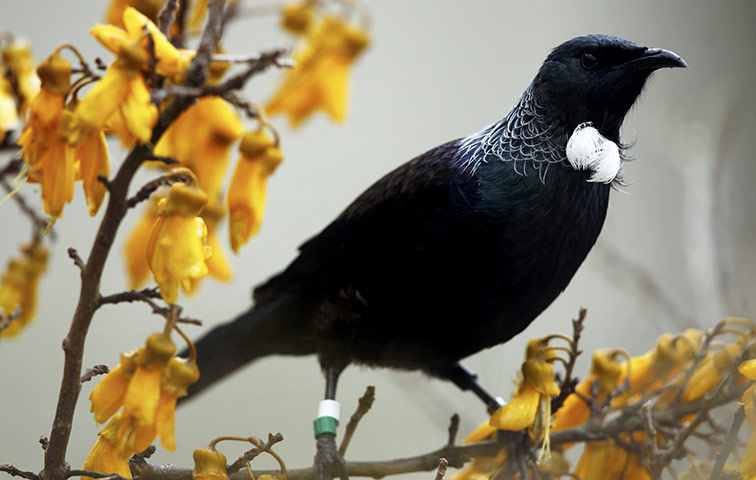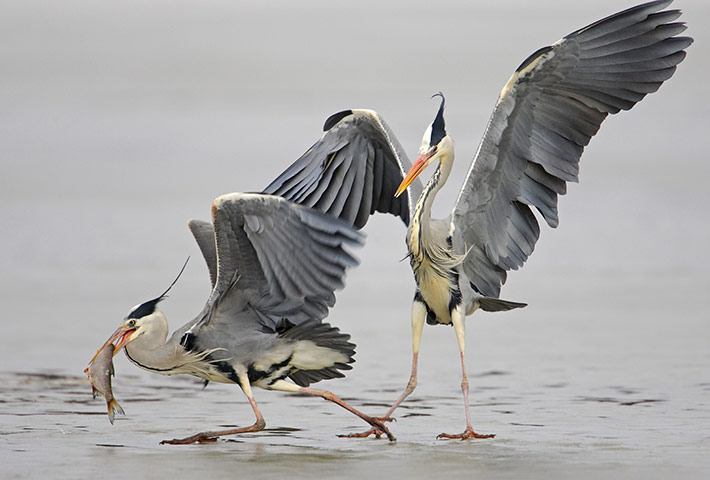TOP STORIES
It's Official: Fungus Causes Bat-Killing White-Nose Syndrome A fungus known as Geomyces destructans is indeed responsible for the dusting of white across bat noses and wings that has wiped out entire populations of the flying mammals, new research shows. By purposefully infecting healthy bats with the fungus—and confirming that seemingly healthy "control" bats from the same population did not get sick from a prior but hidden fungal infection—microbiologist David Blehert of the U.S. Geological Survey and his colleagues showed in a paper published online October 26 in Nature that G. destructans is in fact responsible for the disease known as white-nose syndrome (WNS), which has devastated bat populations across the northeastern U.S., killing an estimated one million of the animals. (Scientific American is part of Nature Publishing Group.)
A fungus known as Geomyces destructans is indeed responsible for the dusting of white across bat noses and wings that has wiped out entire populations of the flying mammals, new research shows. By purposefully infecting healthy bats with the fungus—and confirming that seemingly healthy "control" bats from the same population did not get sick from a prior but hidden fungal infection—microbiologist David Blehert of the U.S. Geological Survey and his colleagues showed in a paper published online October 26 in Nature that G. destructans is in fact responsible for the disease known as white-nose syndrome (WNS), which has devastated bat populations across the northeastern U.S., killing an estimated one million of the animals. (Scientific American is part of Nature Publishing Group.)
"It is specifically during hibernation that bats are infected with this fungus," Blehert notes. "The greatest damage it does to bats is to wing membranes."
Such membranes, in addition to enabling flight, help control physiological functions such as water retention and blood flow, and even "release CO2 when the respiratory rate is just a couple of breaths per minute," Blehert says. At the same time, it is not clear why a skin infection with G. destructans would prove directly lethal to the animals—the bats in this controlled experiment had not died from the disease by the time the experiment ended after 102 days. Nor had the fungus invaded the bats' vital organs, the researchers found.
In addition, it appears that G. destructans has been a part of the European cave-scape for some time and it has been isolated from cave walls there as well as from bats roosting in those caves. Thus far, however, the fungus has not proved lethal for those species. "It could be that European bats have evolved over a longer period of time and are immune or have a different way of coping with the fungus during hibernation," says mycologist Vishnu Chaturvedi of the New York State Department of Health, who is also studying the fungus and disease, which he calls geomycosis, but was not involved in this study. "Or the fungus in the U.S. has subtle variations that we have not even started looking at."
26 Oct 2011
D Biello
>>> FULL ARTICLE
Cited Journal Article
Lorch, J.M., et al. Experimental infection of bats with Geomyces destructans causes white-nose syndrome. Nature (2011), doi:10.1038/nature10590 .
Bacteria linked to deaths of bottlenose dolphins
Scientists investigating the stranding of hundreds of dolphins in the northern Gulf of Mexico since early last year reported Thursday that they have identified Brucella bacteria in five of 21 tested and are trying to determine whether the deaths may be linked to last year's BP oil spill.
"We believe these five dolphins died from brucellosis," said Teri Rowles, coordinator of the National Marine Mammal Health and Stranding Response Program for the National Oceanic and Atmospheric Administration.
"Die-offs from bacterial infections could be occurring because the bacterium has become more lethal, but they could also be occurring, or be more severe, because the dolphins are more susceptible to infection."
Severe environmental stress, such as exposure to oil, could have reduced the animals' ability to fight infection, she said, adding that investigators were trying to pinpoint the cause.
Another possibility is that the bacterium itself has changed so that it causes more serious disease, she said.
What illness is harming Alaska's ringed seals? Veterinarians search for clues.
Scientists hoping to learn what's killing Arctic ringed seals, an affliction that's peppered the animals' skin and organs with ulcers, turned their attention Monday to a fresh seal carcass shot by a Northwest Alaska subsistence hunter.
In a cramped University of Anchorage laboratory, veterinarians and assistants in biomedical scrubs carved the big marine mammal into bits, all in the name of science.
They plucked out eyeballs, sliced off skin, and snapped open ribs with garden-pruning shears. They clipped nails, pulled whiskers and placed pieces into vials and plastic bags for shipment to several labs in the Lower 48 and Canada.
Part of an international mystery, more than 45 ringed seals have been found dead in Alaska's Arctic since late July, gathering on beaches instead of ice floes, which they prefer. The North Slope Borough's wildlife experts said dozens more were reported sick with the lesions and patchy hair loss.
25 Oct 2011
OTHER WILDLIFE HEALTH RELATED NEWS
Photo courtesy of The Guardian's Week in Wildlife
 Officials say some fish among thousands killed in Oceana County lake were infected with virus (Silver Lake, Michigan, USA - Map It
Officials say some fish among thousands killed in Oceana County lake were infected with virus (Silver Lake, Michigan, USA - Map It )
)- Rabies alert extended for 60 days in Bay County (Bay County, Florida, USA - Map It
 )
) - PVO steps up monitoring of migratory birds to prevent avian flu infection in Negros Oriental (Philippines)
- Sympathy for the [Tazmanian] devils
- Run-Off, Emissions Deliver Double Whammy to Coastal Marine Creatures, Study Finds
- US residents say Hawaii's coral reef ecosystems worth $33.57 billion per year
- Deer disease not big issue so far in Franklin County (Erie County - Map It
 , Franklin County - Map it
, Franklin County - Map it , Northampton County - Map It
, Northampton County - Map It )
) - SD hunters asked to report signs of deer disease (Jones County - Map It
 , Tripp County - Map It
, Tripp County - Map It , Lyman County - Map It
, Lyman County - Map It , Stanley County - Map It
, Stanley County - Map It , Hughes County - Map It
, Hughes County - Map It , Sully County - Map It
, Sully County - Map It , South Dakota, USA)
, South Dakota, USA)
- [Poisoning birds riddle] (Hof van Twente, Netherlands - Map It
 )
) - [Removal of dead fish strengthen] (Red tide) (Bagdad, Mexico - Map It
 )
)




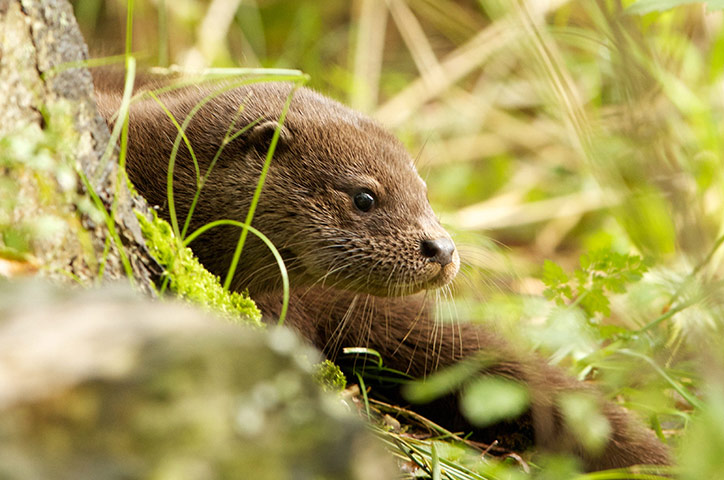
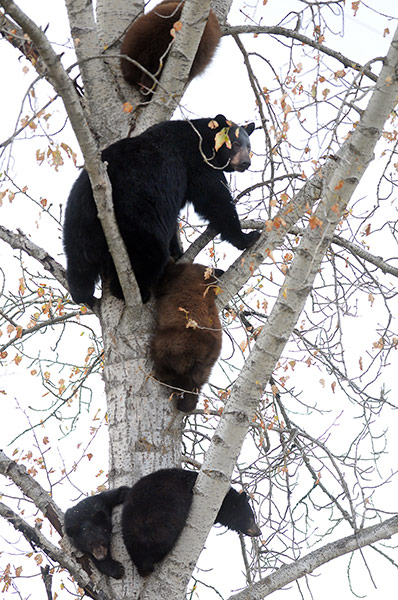



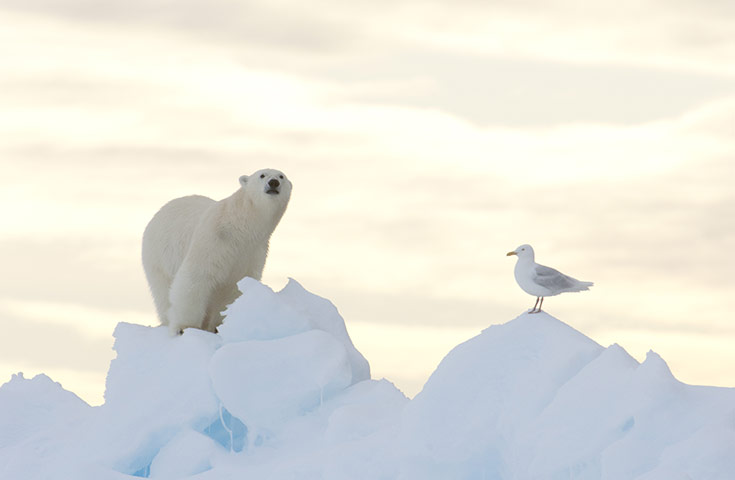
 Sightings of rabbit carcasses with signs of a deadly disease have sparked an investigation into a possible outbreak of a lethal virus on Hampstead Heath.
Sightings of rabbit carcasses with signs of a deadly disease have sparked an investigation into a possible outbreak of a lethal virus on Hampstead Heath.